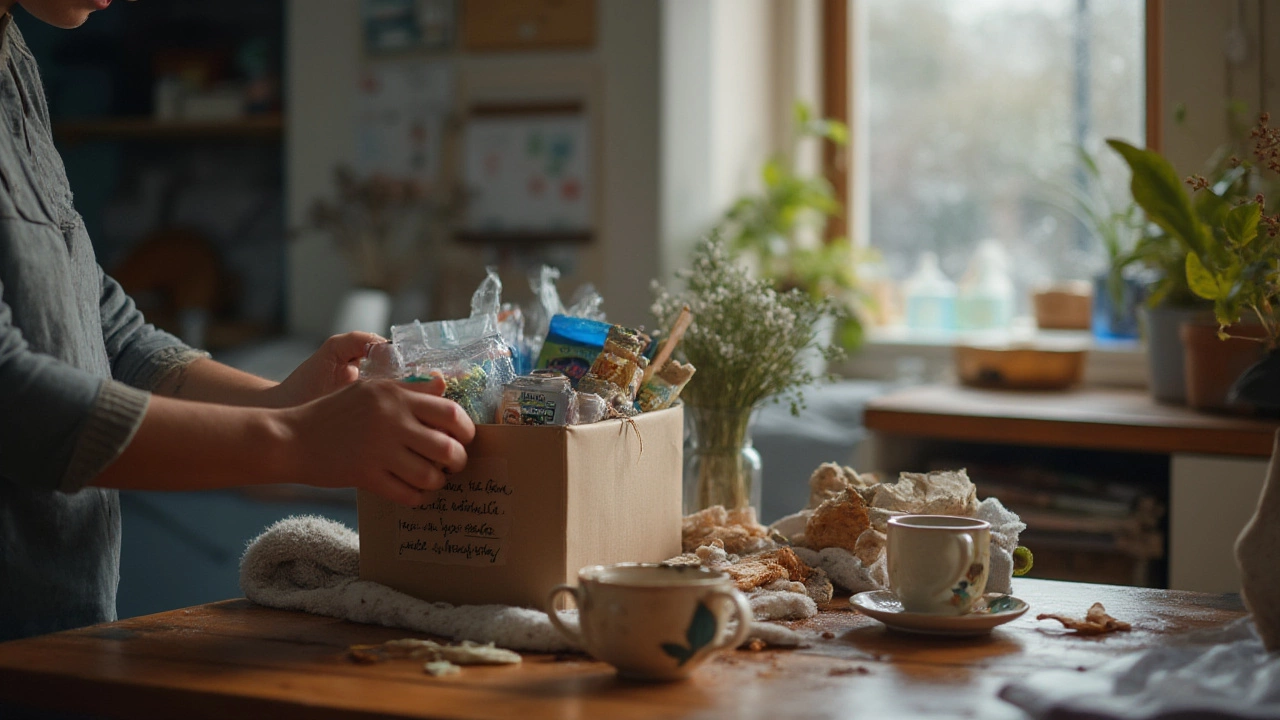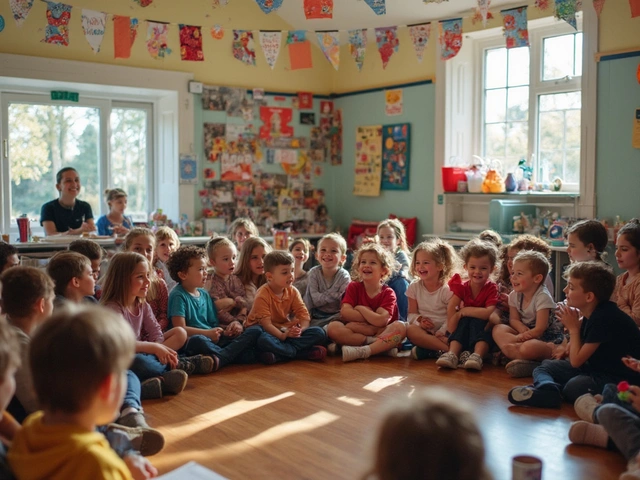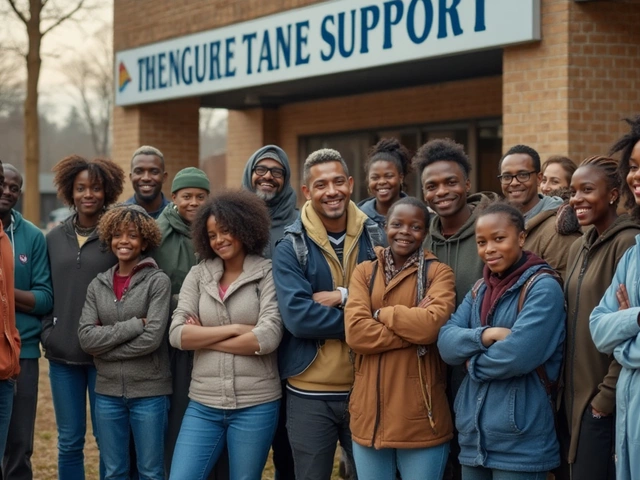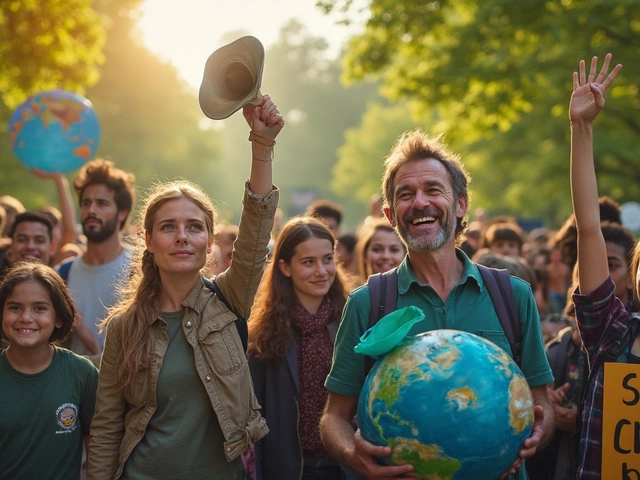Homeless Care Packages: What to Avoid to Truly Help
Gift-giving feels good. You stuff a bag, maybe a little box, with essentials and hand it to someone living on the street. But let’s be real: some well-meaning items cause big headaches or even make a situation worse. You’d be surprised how often caring folks include things that seem helpful at first, but backfire in practice. The first rule of packing for someone without a home? Only add what’s truly useful—and that means cutting out a few easy mistakes.
The Most Common Items to Avoid in Homeless Care Packages
Ever notice how cheap razors or hotel-sized bottles of shampoo end up tossed aside near bus stops? It's not that people don’t need hygiene products, but some versions of them just don’t work when you have nowhere private to use them. Think about it: where can you shave safely on the street? Public restrooms are rarely welcoming—and plenty of folks don’t want to draw attention, especially if they’re feeling vulnerable. Cheap razors often lead to nicks, and tiny bottles run out after a single wash. Not exactly helpful if you’re going days without access to a shower or sink. If you want to help with hygiene, focus on safer, waterless options like baby wipes or no-rinse soap—things you can use without a bathroom.
Canned food without pop-tops seems like a good idea, but it’s a non-starter if you can’t open it. Picture this: you hand someone a can of beans, but they have no can opener and nowhere to store leftovers. Those cans pile up in bags until they get traded, tossed, or forgotten. If you’re thinking food, consider things you don’t need utensils or a kitchen prep for—think protein bars, nuts, trail mix, single-serve peanut butter, or even shelf-stable lunch kits that come with a little spoon or crackers. If you must include cans, make sure they have pop-tops, but don’t be shocked if those end up stashed for later or swapped for something hot.
Hand sanitizer—tiny bottles, especially the super-scented ones—often get left out of packages. Not because it’s not useful, but because high alcohol content can be dangerous if misused, and some people have sensitivities to added fragrance. If you want to provide sanitizer, stick to fragrance-free larger bottles (refillable) or sanitizing wipes instead, so they can double up on cleaning surfaces or hands without waste.
About medicine: leave out over-the-counter painkillers and vitamins. On paper, tossing in a blister pack of aspirin or chewable vitamins screams “thoughtful.” But distribution rules in most cities make giving out meds (even common ones) dicey, and they’re easy for someone else to swipe if a person’s belongings get searched or stolen. Medical needs are better handled by trusted clinics or outreach teams who know the recipient’s background and allergies.
Don’t pack used or old clothes unless they’re clean, seasonally appropriate, and in good condition. Nothing kills someone’s spirits faster than being handed stained shirts or threadbare socks. Would you wear a jacket that smells musty, with busted seams? Instead, offer new socks (warm, moisture-wicking), fresh underwear, or gently used items you’d actually be happy to wear yourself on a bad day. Socks and underwear top the list—ask any shelter worker and they’ll tell you, those go fastest, hands-down.
Water bottles might sound great, but heavy bottles are tough to carry, and disposable ones create trash that’s hard for homeless people to dispose of. Consider reusable options—something small and robust—so refilling is easy and they’re not weighed down. It’s shocking how fast trash piles up for people with no set place to leave things. Handy-sized water pouches or collapsible bottles work well, and they tuck away when not needed.
Anything scented—perfumed lotions, soaps, deodorants—often causes problems. Strong smells linger, making someone a target if they’re sleeping outside in a rough area. Lightly fragranced or unscented is the way to go, every time. Scents that blend in with the crowd, not stand out like a beacon. And skip the fancy toiletries marketed for a spa day; think basic and practical.
Paperwork, flyers, and church brochures fill out many care bags, but they nearly always end up as litter or forgotten at the bottom of a backpack. If a person specifically asks for info about services or places to get help, offer a simple printed list (clearly written, waterproofed if possible), but don’t pile in things that feel like an obligation or sermon.
Money is a sticky topic. Not everyone agrees on this, but most outreach workers say it's best not to put cash or coins inside packages. There’s a risk the recipient could be targeted or robbed. If you want to give financial help, a gift card to a major grocery or pharmacy is the safer bet—but make sure the stores are in walking distance or on a bus route; otherwise, it’s just plastic waste.
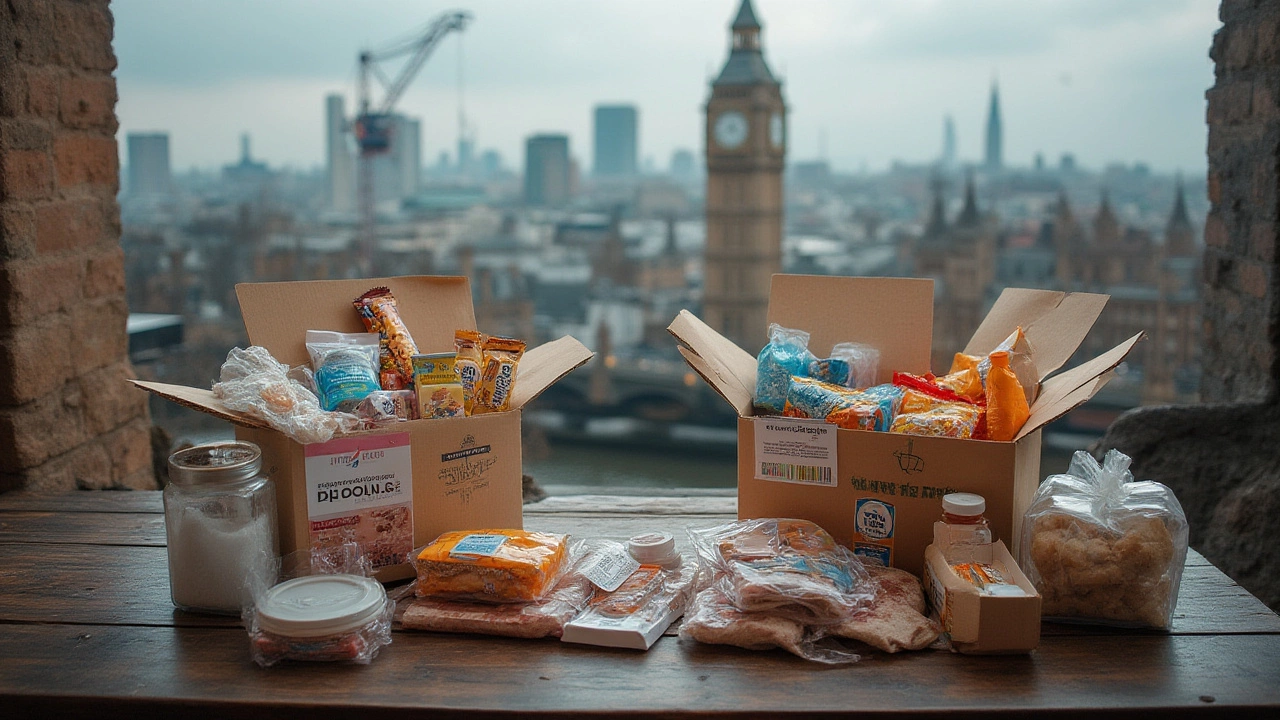
Rethinking the Essential “Helpful” Items: Why Some Staples Cause Trouble
Let’s cut through the myths. When you’re packing for someone without an address, comfort and mobility rule. Think about how you’d feel carrying everything you own in a few bags. Items that work perfectly at home can easily become dead weight. One British study found that nearly 30% of care package items distributed in big city shelters ended up unused or thrown away within a week. Why? The answer’s simple: logistics matter far more than good intentions.
Toothpaste and toothbrushes seem obvious, but without clean water, brushing teeth is not easy. Mouthwash with alcohol isn’t just a hygiene item—sometimes, it’s abused for intoxication. Opt for travel toothbrushes or dry-brush alternatives if possible. Chewing gum or waterless toothpaste tabs give a fresh mouth without a sink. Dental floss is helpful but not as critical as most think; consider swapping it for something more practical, like lip balm or travel tissues.
Big first aid kits? Too bulky. Most essentials—bandages, ointment, basic wound-care—need to be single-serve size and clearly labeled. Don’t add scissors, needles, or sharp items. Even tweezers can be seen as “contraband” in some shelters. Focus on basics, not the deluxe kit you’d buy for camping.
Books, especially heavy ones, are a double-edged sword. Yes, reading kills time and boosts mental health, but giant hardcovers or stacks of magazines just add weight. If you want to add reading material, drop in a single, slim paperback or puzzle book, and skip school textbooks or niche novels. Crosswords, sudoku, or even short stories are lightweight and good for mental focus.
Don’t forget about food allergies. Snack bars with nuts, dairy, or gluten can hurt someone with sensitivities, and unless allergies are labeled, you have no way to check. Pack snacks with short, simple ingredient lists—think applesauce cups, beef jerky, sunflower seeds, or fruit snacks with real fruit content. Nut-free and gluten-free options are ideal, if your budget allows.
Soap and laundry powder rarely come in handy if you can’t find a place to launder clothes or bathe regularly. Wet wipes (biodegradable, unscented if possible) are gold—multi-use, easy to carry, and don’t spill. Hygiene kits in a ziplock bag help keep things clean and dry, and bagged goods are less likely to get ruined in the rain. Pocket bleeding-stopper powder (like you’d get for small cuts) helps more than a bar of soap, especially in summer.
Flashlights and batteries? Useful—if they're small, sturdy, and batteries are included (and common size). Huge torches or gear that needs specialty batteries are more trouble than they’re worth. Think keychain lights or small LED models that clip to a zipper. Some rechargeable flashlights with hand cranks are a game-changer, especially for someone on the street after dark.
Blankets might seem thoughtful, but heavy ones, or those made from materials that don’t dry quickly when wet, become a real pain. Instead, if you want to help keep someone warm, look for space-saving mylar emergency blankets or compact sleeping bag liners. Ponchos that double as rain gear and ground cover are more useful than thick comforters. Same logic goes for pillows—try inflatable, or better yet, a buff (multipurpose scarf) that can be balled up for a little padding or warmth.
Candles, matches, or lighters are not wise additions. Fires can be dangerous for folks sleeping in tents or public places, and open flames are banned in most city parks or shelters. Stick to battery-powered light, or nothing at all.
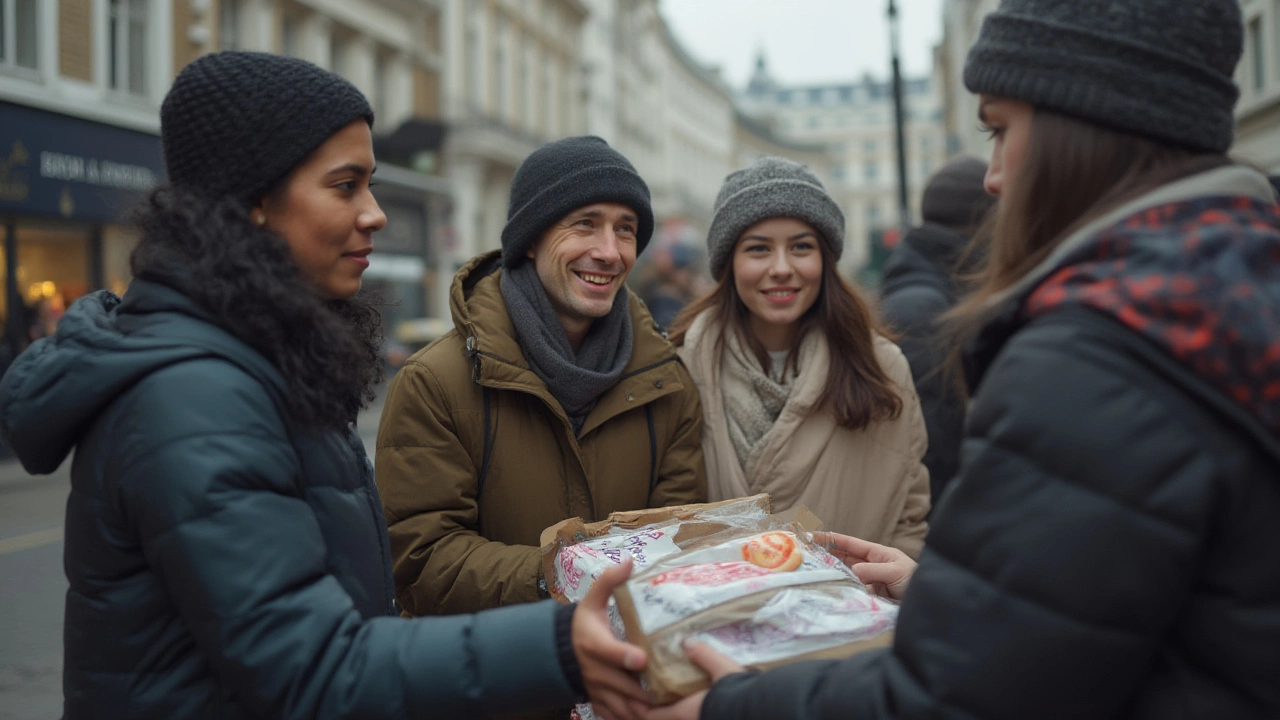
How to Build Better Homeless Care Packages: Practical Tips and Smart Swaps
The best way to make an impact? Listen to those who’ve been there. Many cities, from Portland to Philadelphia, have “lived experience” panels who share what really helps. They say: skip the extras and focus on simple, respectful, portable tools for daily dignity.
If you’re set on the classic care package, it’s smarter to pack a few high-quality items, rather than a ton of cheap, disposable stuff. Homeless care packages that work in real life almost always include these: new socks, unscented wipes, a reusable water bottle, shelf-stable snacks, travel-size deodorant, and a simple rain poncho. Everything fits in one bag—preferably waterproof or a freezer-strength ziplock that doubles as storage.
Clothes should be clean, new, and seasonally appropriate. If it’s freezing, think gloves, beanies, and scarves; in summer, swap to hats or sunscreen. For hygiene, wipes beat soap, and lip balm is a small but huge comfort. Snacks should be high-energy and easy-open—absolutely no can openers required. Some people like to add a couple of bus passes, or a folded-up city map showing shelters and 24-hour bathrooms (if you’re in a bigger city, these can be lifesavers).
Communication is a bigger barrier than most realize. Accessible, prepaid phone cards or SIMs are often valued above extra food—especially for keeping in touch with family, jobs, or vital services. If your local region uses one carrier, and you know most phones work on that network, a low-balance prepaid SIM can mean more than a hat or scarf.
Instead of random reading material, stick to pocket-sized notepads and pens. Little things like note paper let a person jot down appointments or numbers, draw, write, and connect with the world. Stick with dark pens, and try to snag a sturdy pen that writes on wet paper—sounds small, but out on the street, it matters.
Rather than adding food with allergens or triggers, offer a simple, all-natural granola bar, a fruit cup with a plastic spoon, or a non-perishable tuna pouch. Skip the tuna if you aren’t sure about access to water or bathrooms. The most trusted snack? Individually wrapped trail mix—good energy, fits the pocket, lasts in any season.
It may shock some people, but many with lived experience say: don’t pack religious tracts or propaganda. If faith is part of your care, a kind word is worth more than a pamphlet. Resources for local shelters and clinics—laminated, in big clear print, and with public transit info—are genuinely useful. Test it yourself: could you find your way to help if you just had what’s in the bag?
Validation and respect go a long way. If you’re including a note, keep it personal and neutral—a simple “Thinking of you, hope this helps,” or friendly “You matter.” Avoid language that pities or patronizes. A smile and a hot coffee (handed over with the package, if possible) is better than an anonymous handout. The human part of the package is your attitude—dignity beats charity every time.
Keep quantity and weight in mind. Light, compact, multipurpose items win the day. If packaging builds up, try to reduce it—every extra wrapper is one more thing for someone to carry. The right bag? Something waterproof, lightweight, but strong—a large ziplock or reusable grocery bag with reinforced handles.
If you’re unsure about an item, check with a local shelter or advocacy group. They’ll tell you what’s most in demand and what just piles up. Some even post “wish lists” online—no guessing required.
Finally, privacy means everything. Think twice before snapping photos or sharing stories on social. Helping is private; dignity matters more than likes. Ask before taking a photo, and make the interaction about the person—not the gesture.

